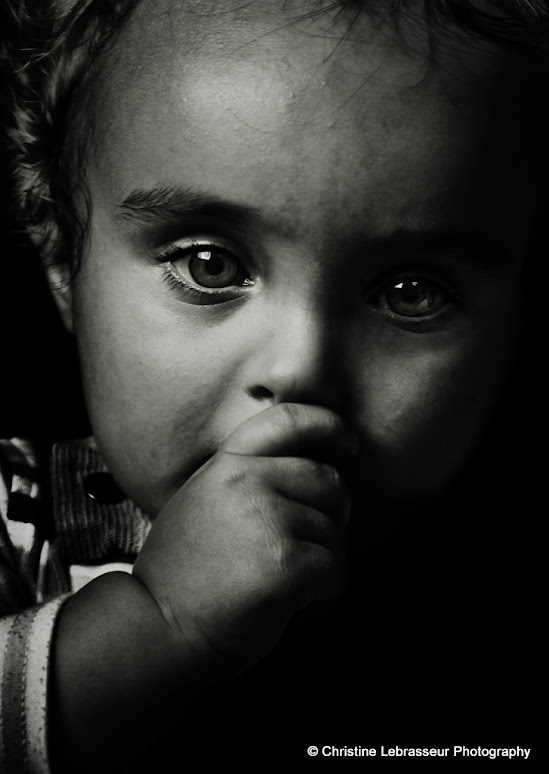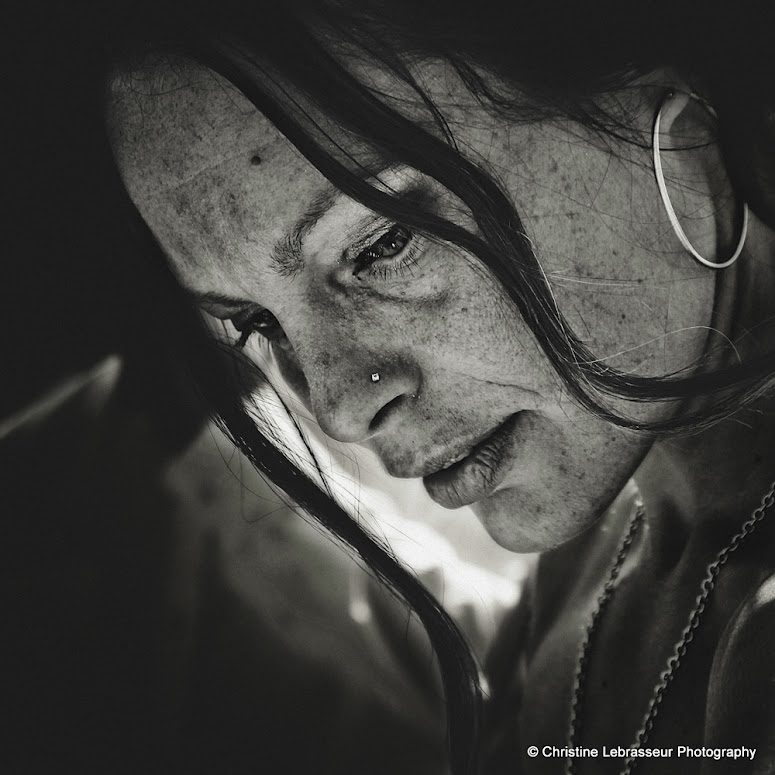 |
| Patience oil, alkyd, wax on linen, 40" x 76" |
I have always questioned the process of abstract art and
having even attempted to paint in a somewhat abstract manor I realize there is
more to abstraction than simply shapes and patterns. An artist either sees in
that realm or not and to simply try to paint abstract does not bring about art
that touches the viewer. There is decorative art, that is beautiful in its own
right and than there is art that truelly touches the viewers soul and evokes,
flavor, emotion and conjures up memory. I have been inspired by one such artist
that creates abstractions but in such an organic and animate way that the word
abstract seems too ambiguous to describe her artwork.
I wouldn’t even call her work abstract or even
expressionist as it is so fluid and dynamic it embodies different aspects and
various schools of art. Teresa Kalnoskas captures perfectly, images of everyday life, natural objects,
mechanical objects and she strips away their exoskeleton leaving the pure energy of
the object. The viewer doesn’t waste a moment of just seeing an object, instead
they see that same object and all of its energy the artist captures. When I see
her paintings of fruit-I can taste the sweetness of the fruit, I think of a
stone counter where fruit is rich and appetizing, I picture a place and time-it
takes me further than the actual image of fruit to the very aspect of what
makes us crave the taste and the sweet juices of the fruit.
Her colors are not pretty for the sake of pretty, they are
beautifully violent and richly soothing- they bleed across the canvas and capture a place.The deliberate hues don’t seem intent on being artsy or graphically pleasing no more than autumn leaves try to be pretty-they are organic and natural and that untouched, untainted feeling is what makes them so intense and beautiful-she gives colors flavors and shapes sound-they act as if they have always been there but we as viewers weren’t open or insightful enough to see them that way.
.jpg) |
| Mojo oil, alkyd, wax on linen, 54" x 54" |
I’m haunted by the paintings of her parents, they speak,
they are not portraits but an intimate moment where you can the see their
energy and every beautiful feature that she celebrates allows you to know the
person that is beneath the paint. Her images of leaves remind me of that dark
cloudy day where you walk in puddles in the street and you don’t see leaves,
you feel the day and the atmosphere. She captures images of red tractors in a
field and I can imagine that day, the harvested field, the smell of oil and
gas-it makes an object an emotional experience and the viewer can bring
experience to her paintings and that is a supernatural process that describes
the true essence of what art truelly is.
.jpg) |
| Lucidity (triptych) oil, alkyd, wax on panel, 10" x 30" |










































